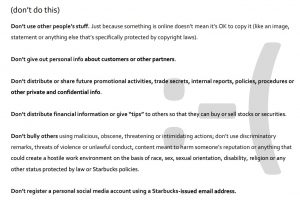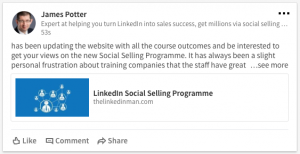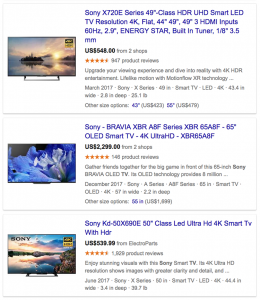by Joseph Lavan, November 18, 2015
I have a confession to make. I recently got bored at work and decided to surf the Web. I looked at a lot of random stuff: a few vintage Mets jerseys, some pool toys, Chicken Parmesan recipes, a few potential Halloween costumes and Fantasy Football advice. Despite all the “behaviors” I exhibited and “signals” I gave, I didn’t buy anything. I was just bored.
My brief battle with ennui illustrates the limitations with the data marketers use to target consumers. Big data allows advertisers to measure and forecast consumer behaviors, identifying audiences likely to purchase a product or service. But the majority of the data used by online advertisers is very much online data, gathered from browsing behaviors and ecommerce sites. While this is useful data, the insights are largely inferred — I’m not likely to purchase any of the products I looked at the other day.
One of the latest and most compelling developments in online marketing is the ability to target and model audiences based on major offline life events, such as weddings, births, and moves. This is the kind of data that allows marketers to interact with consumers on a much deeper level, giving them insight into a consumer’s path, propensity and future value.
What we’re talking about here are events that are proven to change consumer behavior. When consumers move to new homes, they are forced to adjust their shopping habits, which dramatically increases the chances they’ll switch preferred brands (think switching from Coke to Pepsi).
Campaigns built on inferred behaviors and interests lead to positive results, but they also leave plenty of room for improvement. Looking at a pair of shoes or comparing prices on flights are great indicators of a potential future purchase, but they’re not sure signs of an imminent purchase.
So online browsing demonstrates intent, but event data, such as moving, indicates a need. There’s a reason why direct mail has leveraged this tactic for years. Consumers who move into new homes or apartments are often met with stacks of “welcome to the neighborhood” offers from big-box and home-goods retailers.
While it’s hard to guess everything consumers will purchase after a marriage, a birth, or a move, it’s likely they will need certain items. Cable and Internet services and furniture are often needed at a new home, while an addition to the family signals needs for clothing, diapers, bottles, toys, and other CPG products.
Data-driven marketers can’t ignore the value that these event insights provide. Particularly savvy marketers will find even more opportunities by segmenting and drilling down into granular subcategories within a particular event. Marketers can anonymously separate consumers who are moving to a new state and those moving within a state ,and use different ad messages for reaching the two groups. They could also identify consumers moving from low-income to higher-income areas and tailor offers accordingly.
One reason this data is so powerful is that consumers declare these events themselves. Online behaviors may signal a move, pregnancy or engagement, but marriage licenses and house sales are real-life events that are matters of public record.
This data is coming online with greater frequency now, making it easier for online marketers to use. Event data is no longer something advertisers need to own themselves, but something second-party sellers are onboarding, anonymizing, and making available at a cost comparable with online third-party cookie data already available.
Of course, even with that declaration, marketers need to maintain a level of sensitivity here. Consumer anonymity must be kept at all costs, so marketers must ensure the data is anonymized after it is brought online and before it is cookie-matched.
Marketers also need to understand the sensitivity of an event. This might require alterations to the message, or adjustments on frequency capping to ensure a cadence that relates brand value without alienating the consumer. There are other events brands should likely avoid as well. Divorce and death will also change consumer habits, but they’re not the right times to approach consumers ethically.
Building audience targets based on events, in addition to behaviors and demographics, yields a detailed group of consumers — one with clear needs and a high likelihood to become brand advocates. Marketers who tap into these data sources will reap the rewards.
MediaPost.com: Search Marketing Daily
(74)
Report Post



